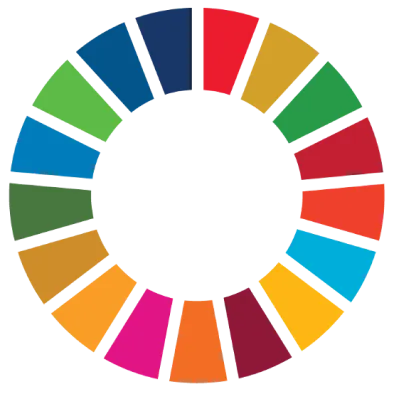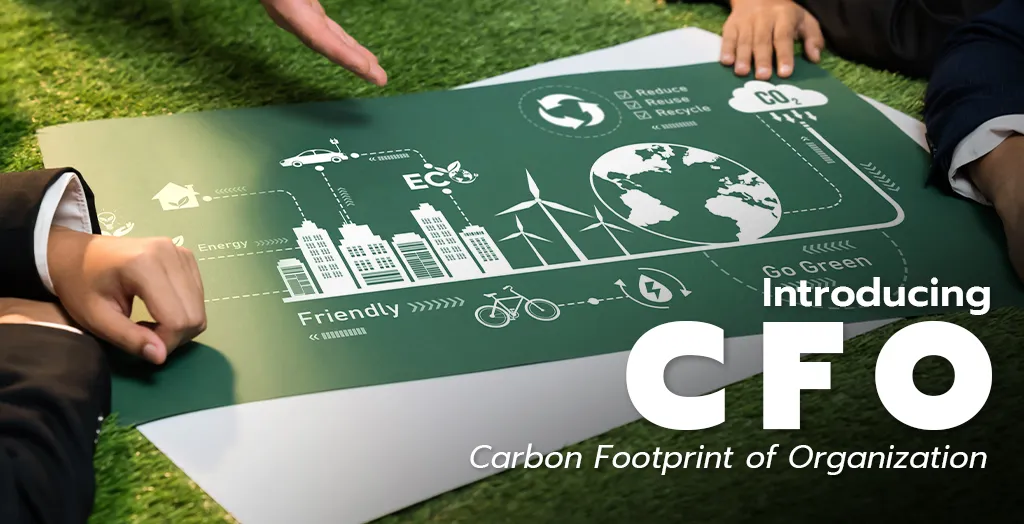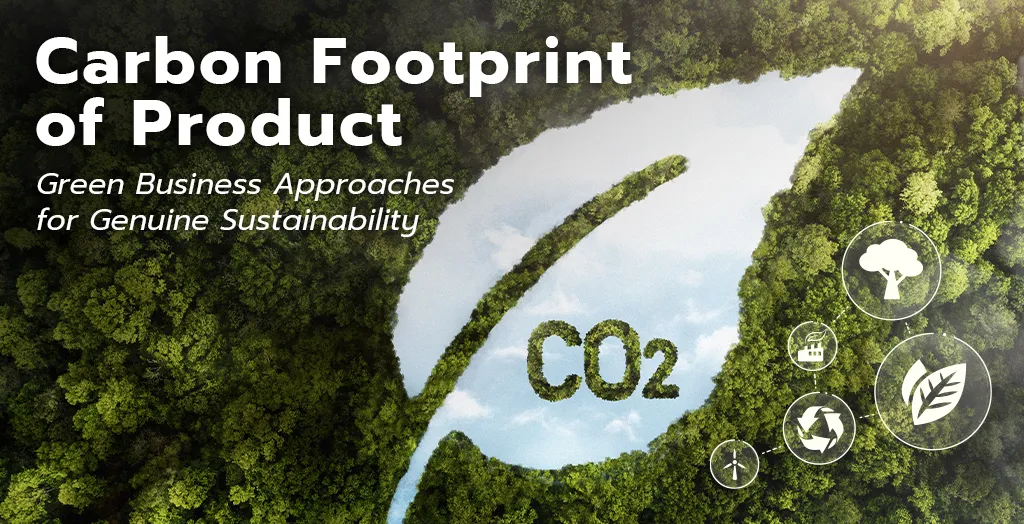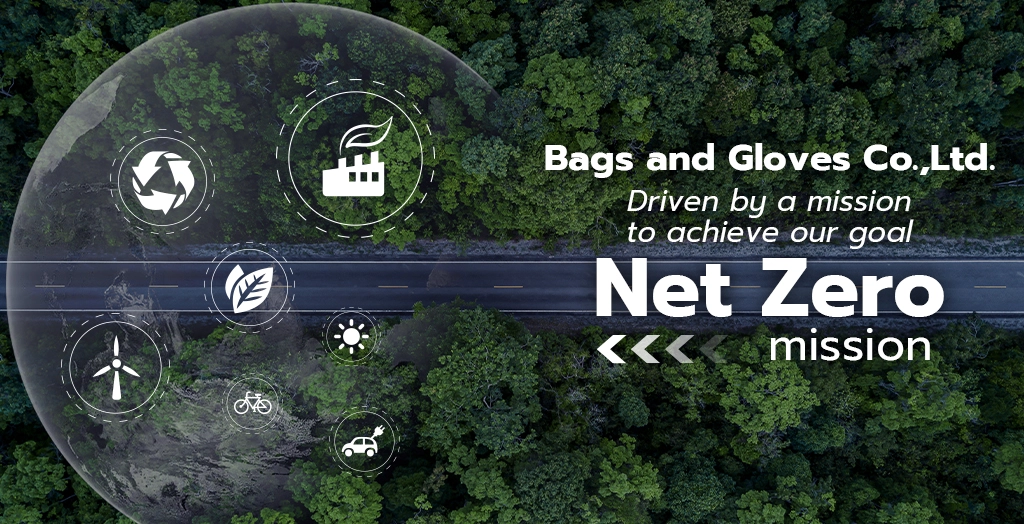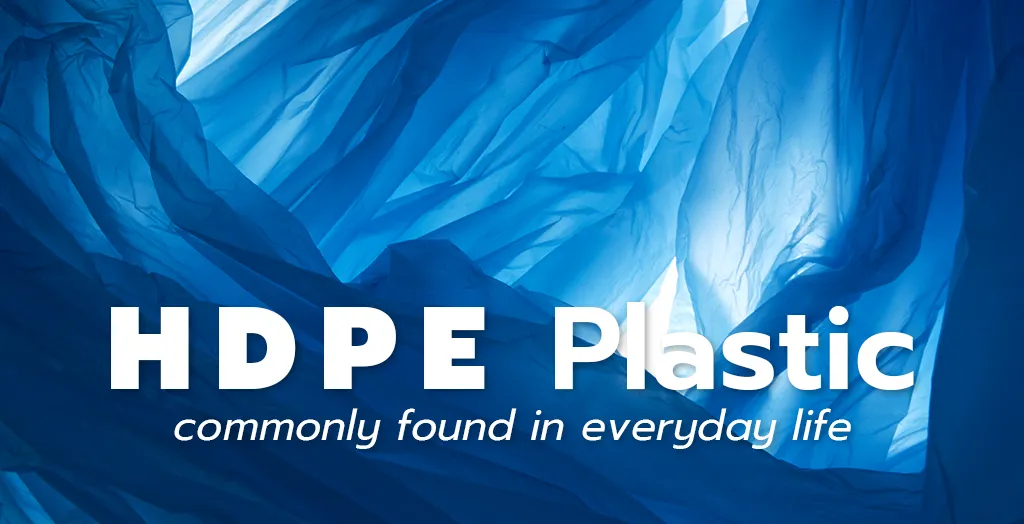Did you know that every time we turn on the air conditioner during a meeting, ship goods using transportation, or simply switch on the office lights — all these actions leave behind invisible traces of greenhouse gases (GHG)?
When all organizational activities are combined, they form an important figure known as the Carbon Footprint, which reflects the environmental impact an organization creates each year.
This article will help you understand what the Carbon Footprint of Organization (CFO) is, how it’s measured, what categories it includes, and most importantly — what it tells us.
If you are a business owner or part of an organization committed to sustainability, this is essential information you shouldn’t miss.
What is Carbon Footprint?
Carbon Footprint refers to the total amount of greenhouse gases (GHG) emitted throughout the entire life cycle of a product or service — from production, transportation, and usage, to disposal.
It includes not only carbon dioxide (CO₂) but also other gases such as methane (CH₄) and nitrous oxide (N₂O), which also contribute to global warming.
Everyday activities — using electricity, driving, air conditioning, or manufacturing — are all sources of these emissions.
To measure the impact of an organization, we calculate its Carbon Footprint of Organization (CFO), which represents the total GHG emissions from all business activities within one year. This helps organizations understand their environmental impact more clearly.
What is CFO?
CFO (Carbon Footprint for Organization) refers to the total amount of greenhouse gases emitted from an organization’s operations over a period of one year.
The results are expressed in tons of carbon dioxide equivalent (tCO₂e).
Examples of GHG-emitting activities include electricity and fuel consumption, transportation and travel, waste management, and manufacturing processes.
Three Scopes of CFO Assessment
CFO assessment measures seven types of greenhouse gases, compared against CO₂ as the reference, and categorizes emission sources into three scopes:
Scope 1: Direct Emissions
Direct GHG emissions from sources owned or controlled by the organization, such as:
- Fuel combustion in company-owned vehicles
- Leakage of refrigerants from air conditioners
- Methane (CH₄) generation from wastewater treatment or septic systems
Scope 2: Indirect Emissions
Indirect GHG emissions from the generation of purchased energy, such as:
- Electricity generated from fossil fuels
- Purchased steam or thermal energy
Scope 3: Other Indirect Emissions
Other indirect GHG emissions that occur from activities related to the organization but from sources not owned or controlled by it, such as:
- Use of tap water
- Procurement of raw materials
- Third-party logistics and transportation services
In Scope 3, the organization selects only activities that have significant GHG emission impacts.
Why CFO Matters
Measuring CFO is more than just data collection — it’s a powerful tool for:
- Planning strategies to reduce GHG emissions
- Improving operational efficiency across departments
- Building corporate credibility in sustainability for customers, partners, and investors
- Aligning with ESG principles and the UN’s Sustainable Development Goals (SDGs)
What CFO Tells Us
Through CFO analysis, organizations can:
- Plan for GHG reduction in the coming years
- Identify areas for improvement to maintain or increase production while lowering emissions and operating costs
- Strengthen trust and transparency with eco-conscious clients and business partners
In short, organizations that continually reduce their annual GHG emissions gain both operational advantages and contribute to positive environmental impact — benefitting the broader community.
Bags and Gloves Co., Ltd.’s Commitment to Sustainability
At Bags and Gloves Co., Ltd., we place great importance on addressing climate change and environmental responsibility — particularly in reducing GHG emissions in our manufacturing processes.
Our company initiated its first CFO assessment in 2022 (B.E. 2565) and has committed to conducting it annually.
Each year, we seek official certification from the Thailand Greenhouse Gas Management Organization (Public Organization) or TGO, ensuring that our emission calculations are accurate, transparent, and verifiable.
This verified data enables us to set realistic reduction targets and continuously enhance our sustainability performance across all operations.
Learn more about our sustainable plastic products at
https://www.bagglove.com/
Contact us for more information
International Sales
(+66) 2-108-2390
(+66) 95-583-3696
sales@bagglove.com
Domestic Sales
(66) 2-108-2390 ext. 104
LINE OA: @bagglove
sales.d@tna-thailand.com

